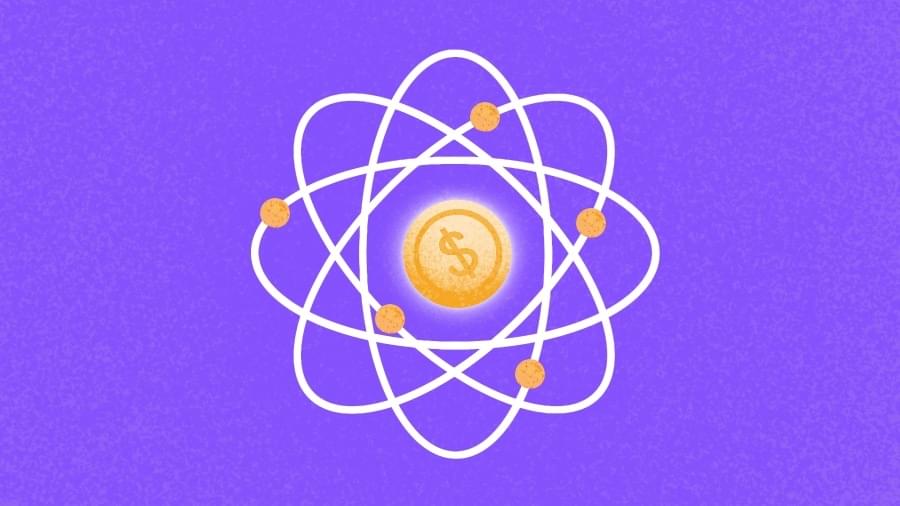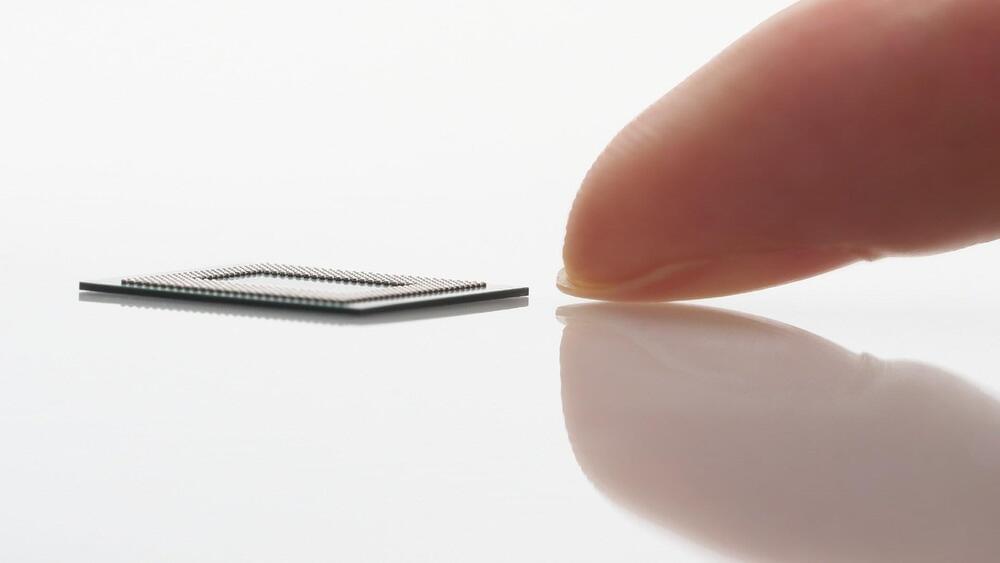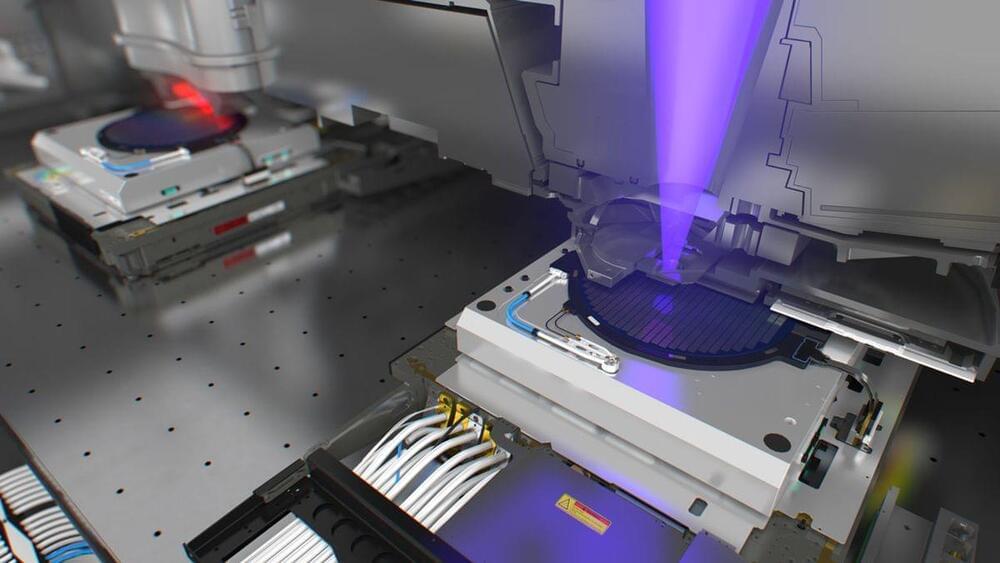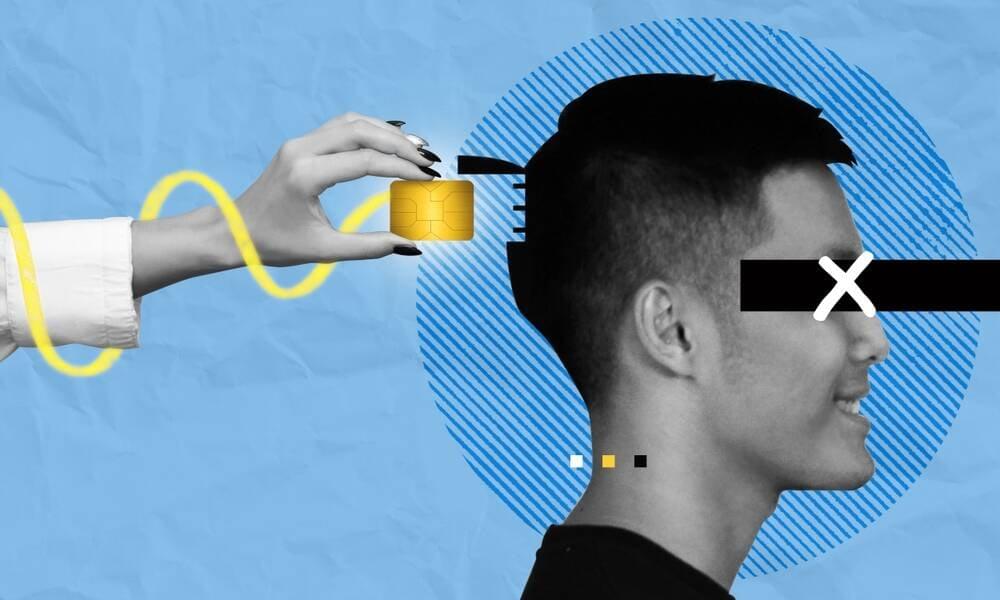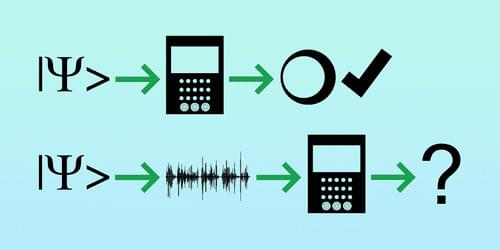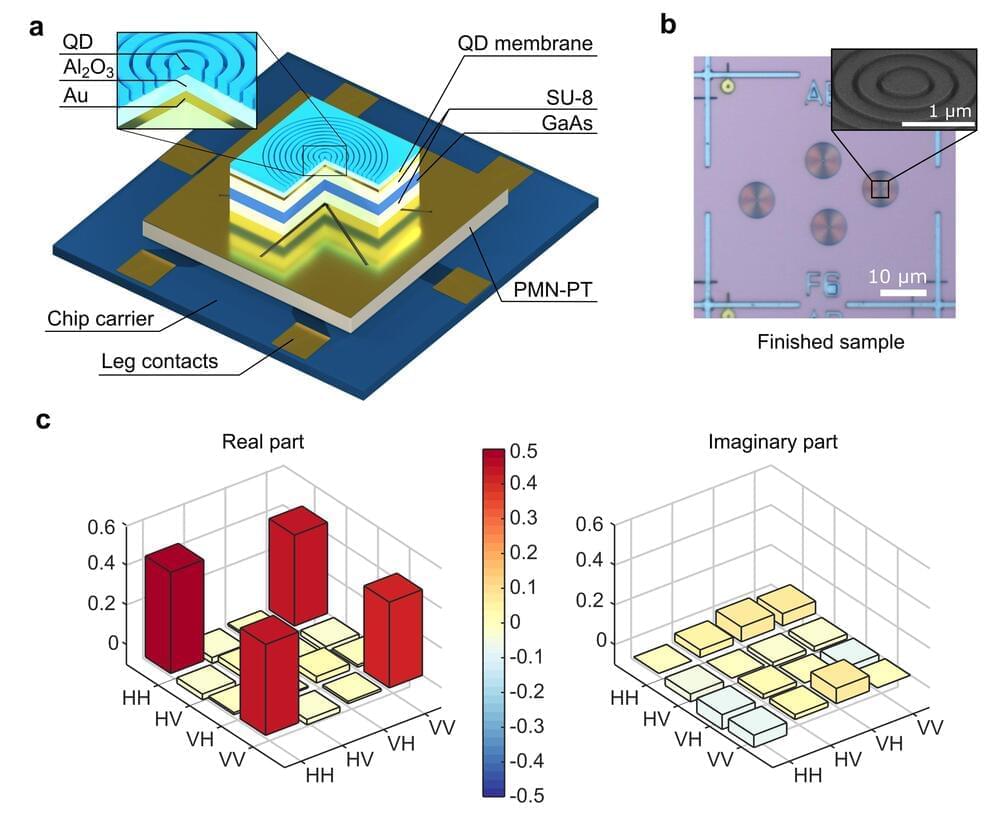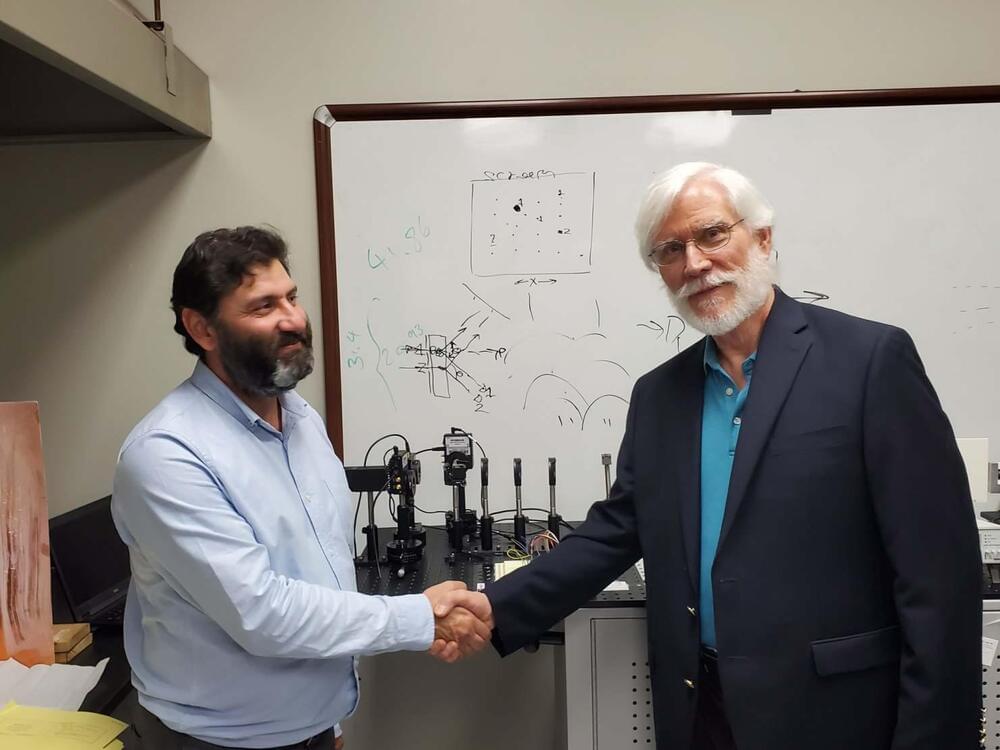Aug 6, 2024
Riverlane Locks Up $75M As Quantum Funding Continues Strong Year
Posted by Genevieve Klien in categories: computing, quantum physics, security
Startup Riverlane helped continue what has been a strong year for venture funding in the quantum computing industry.
The U.K.-based firm — which specializes in quantum error correction technology — raised a $75 million Series C led by Planet First Partners. The round also includes participation from ETF Partners, EDBI, Cambridge Innovation Capital, Amadeus Capital Partners, the National Security Strategic Investment Fund and Altair
The company’s tech helps quantum computers perform without succumbing to eventual errors. Such computers typically can only perform a few hundred quantum operations before failure.
